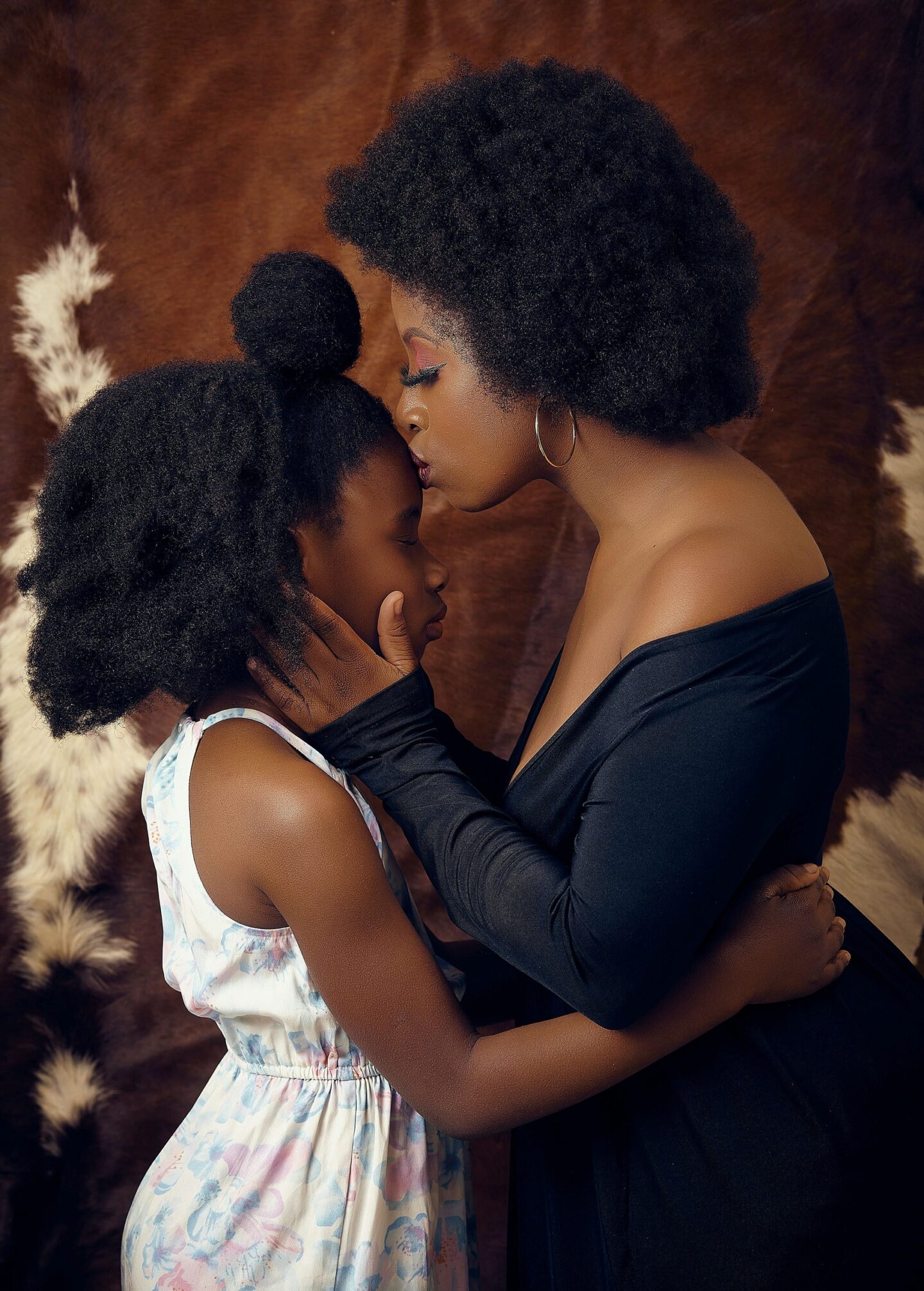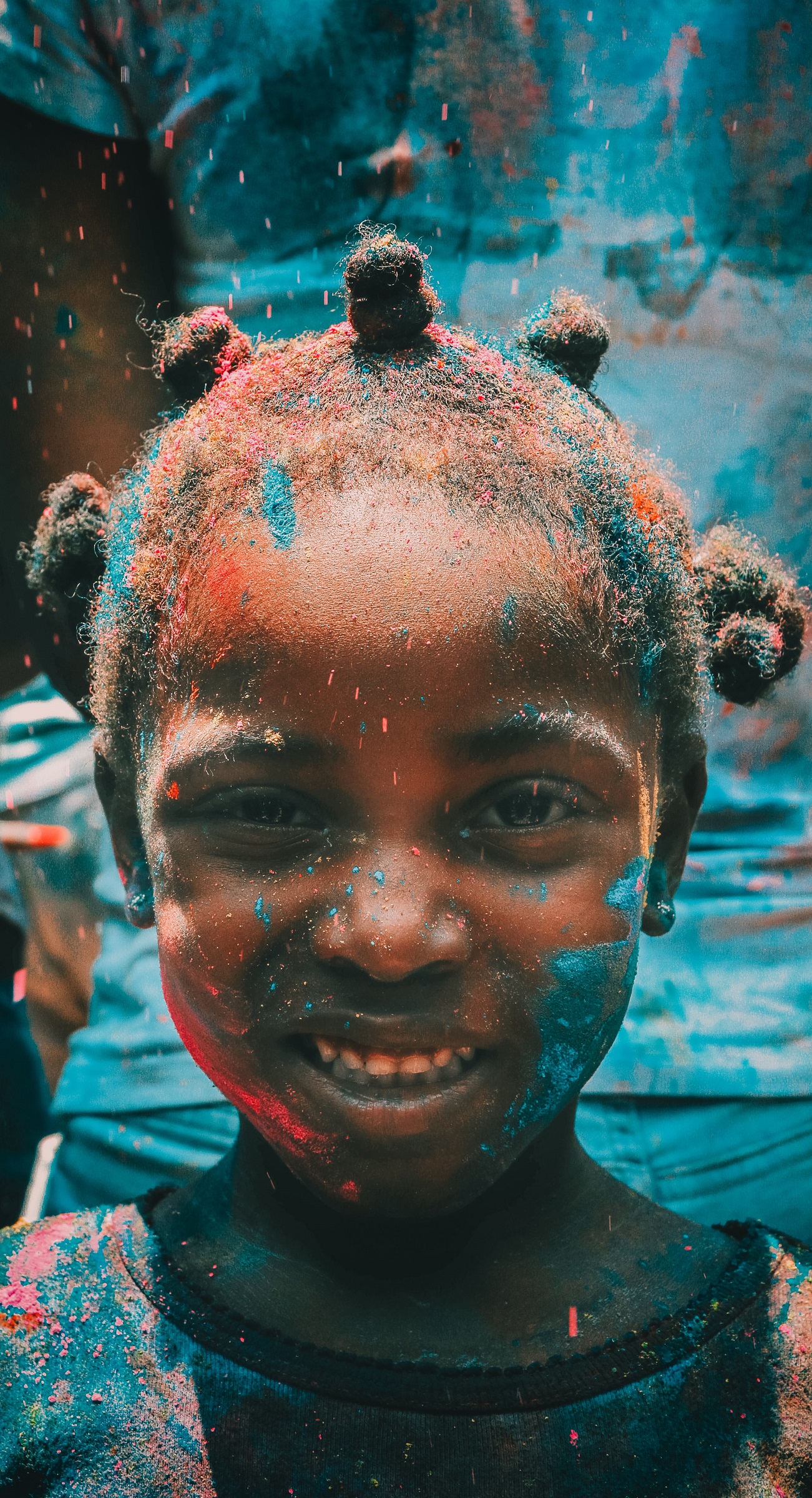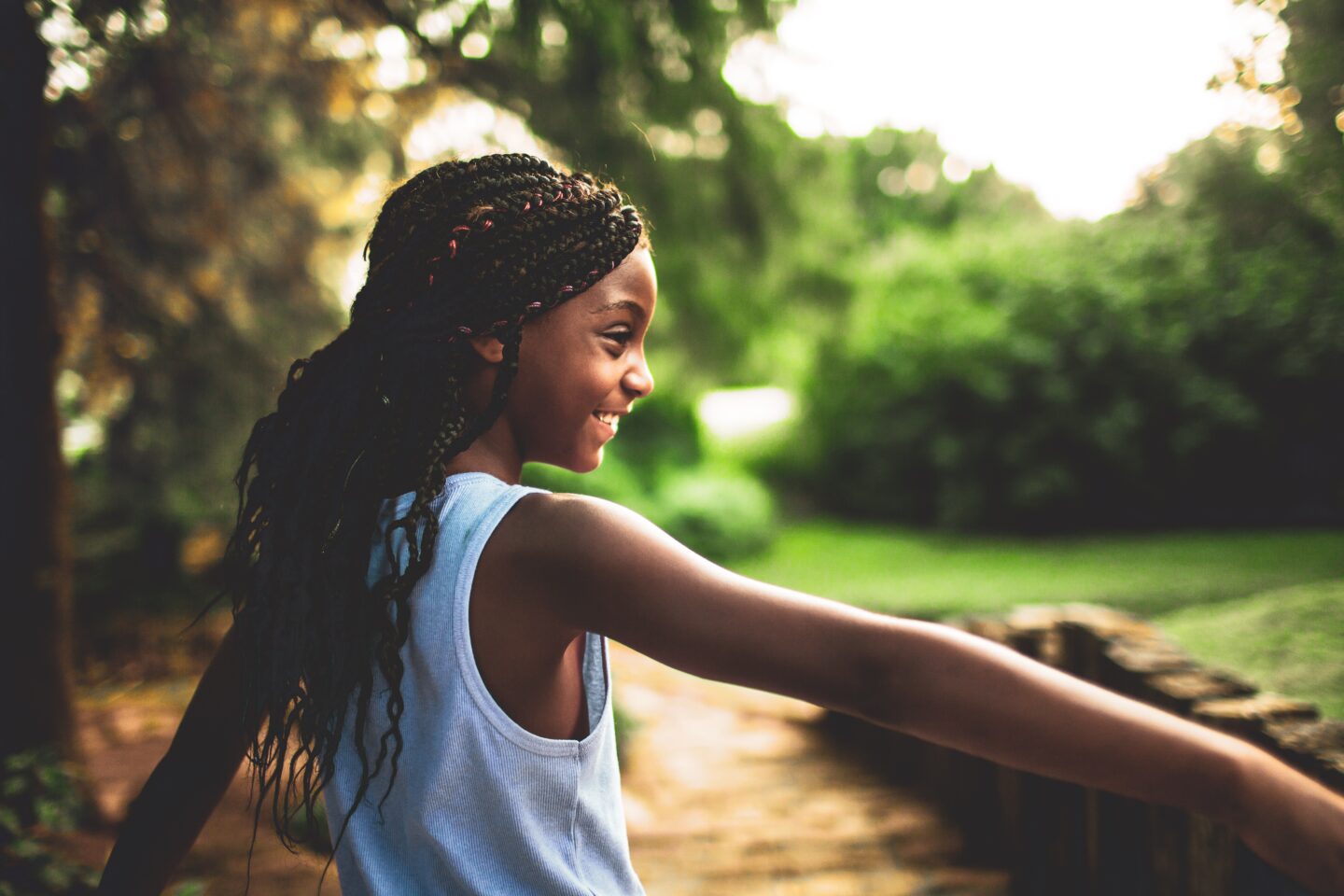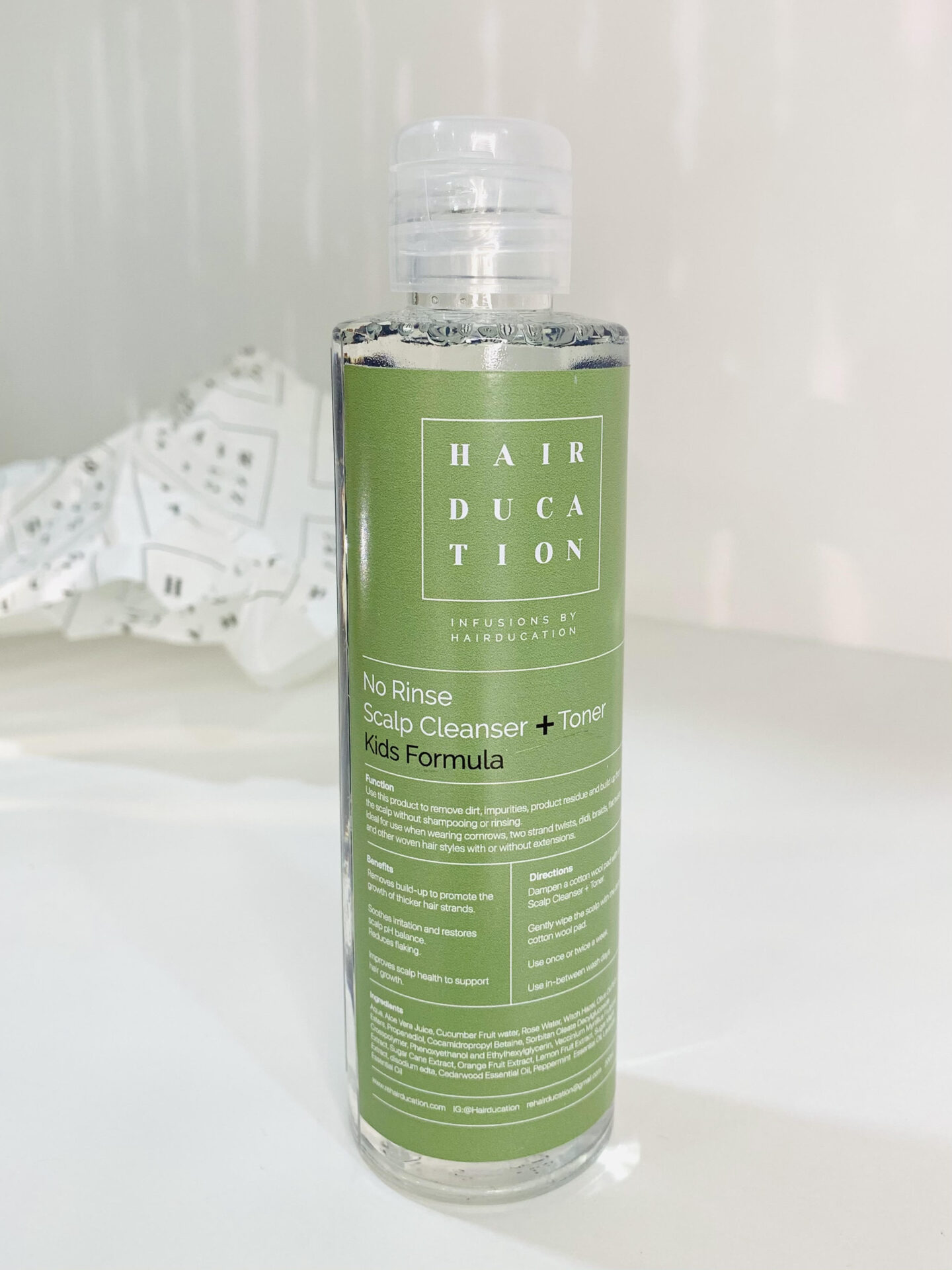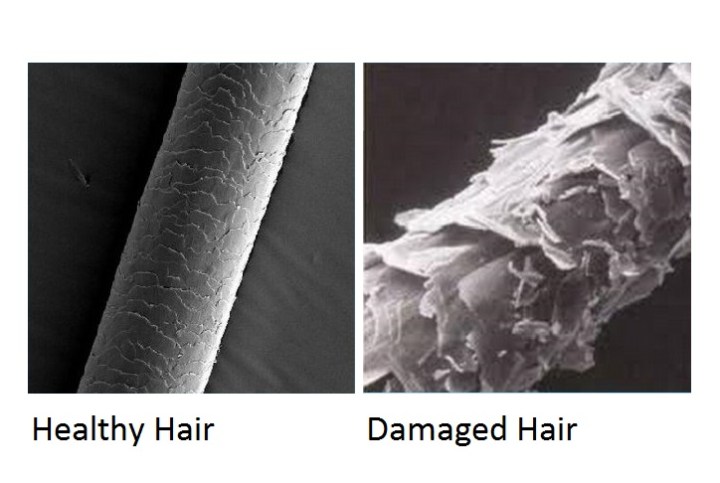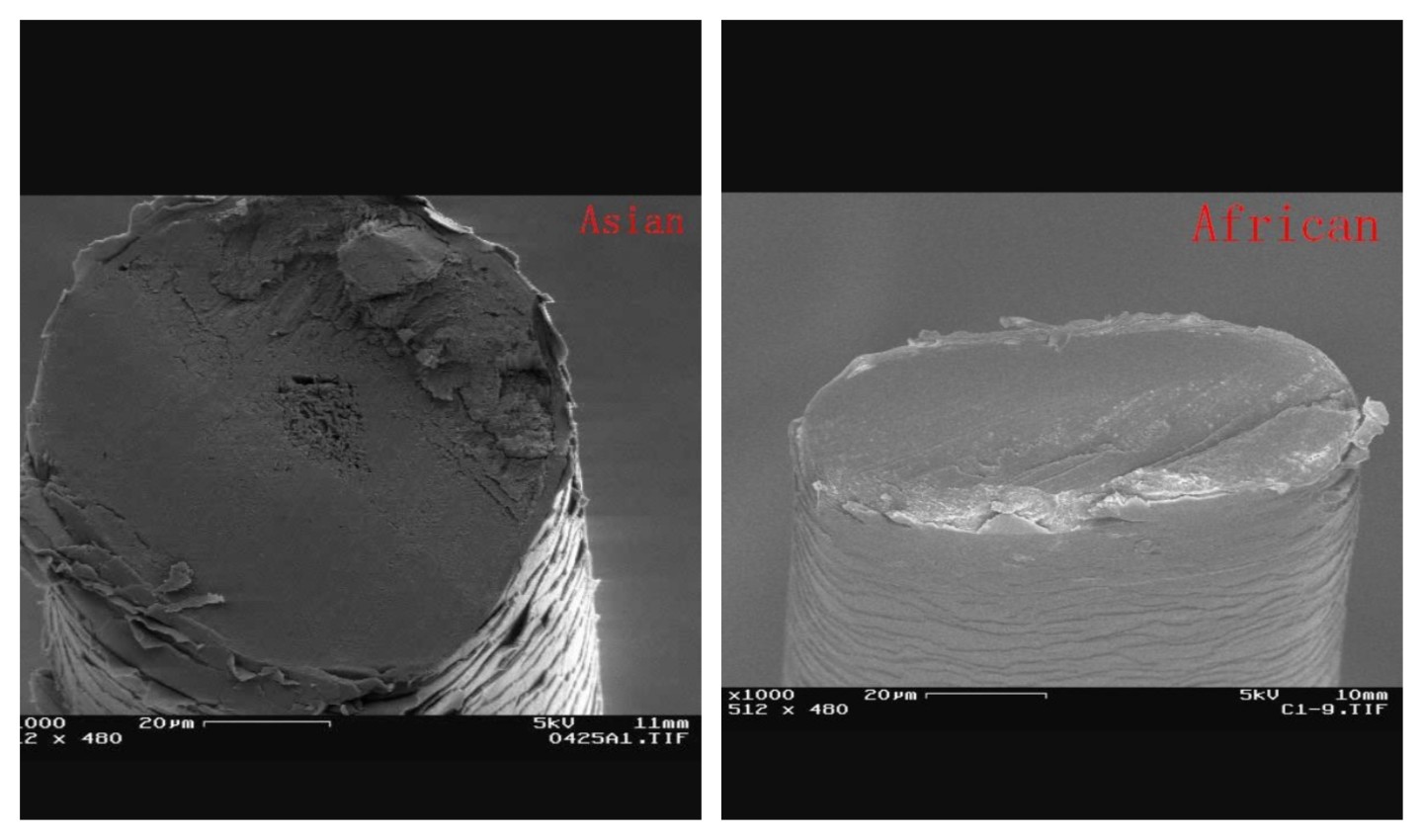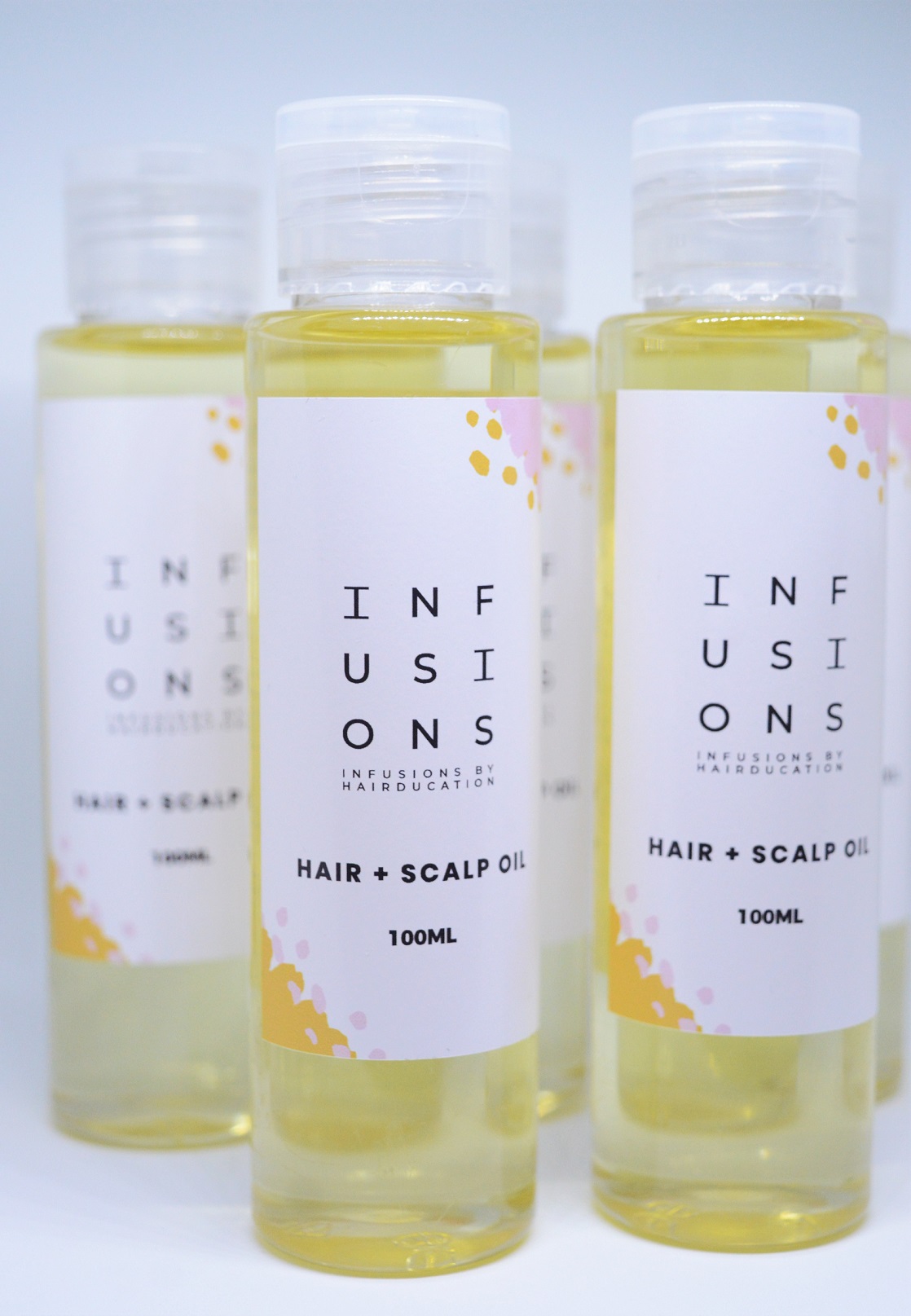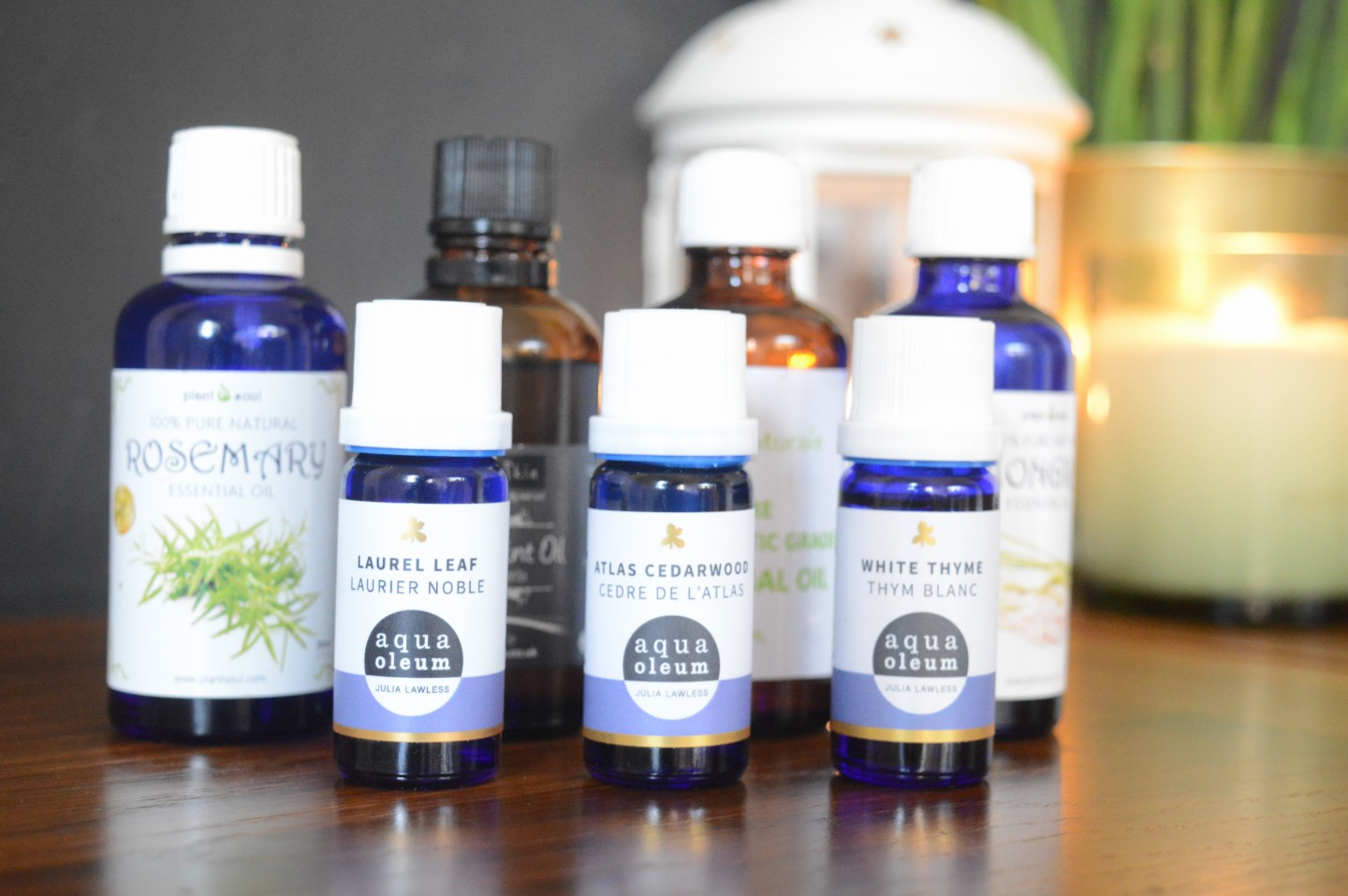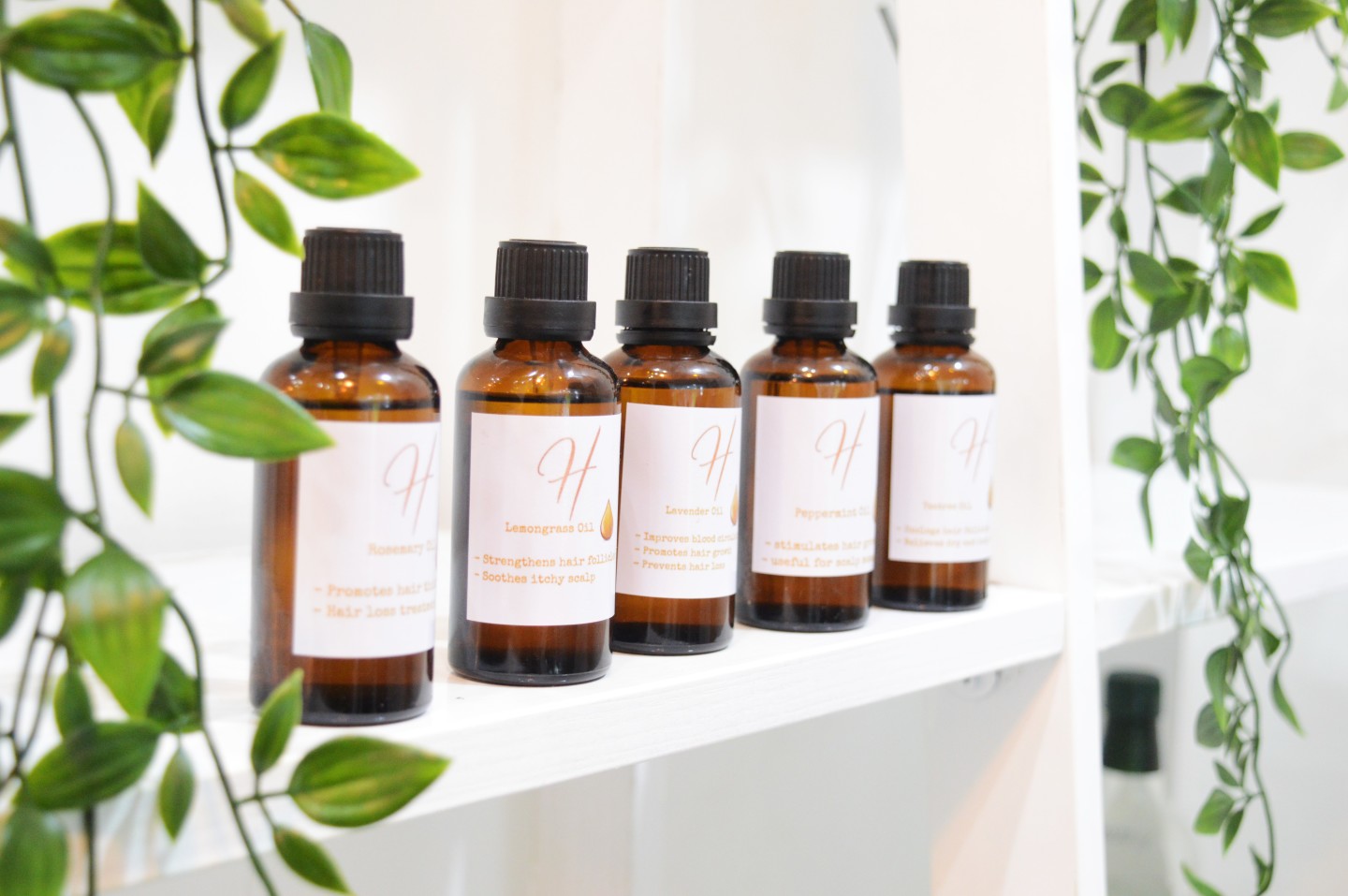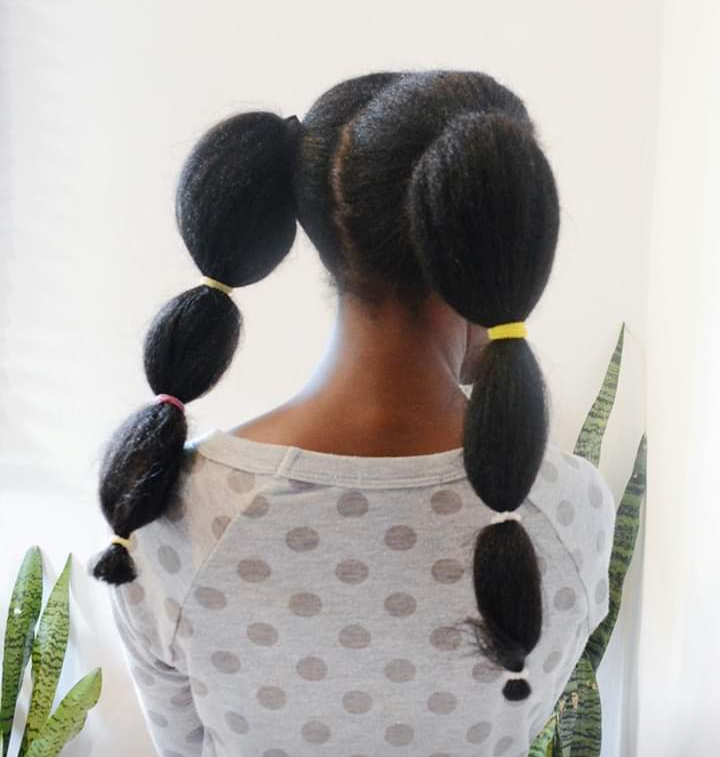
Hair growth and hair retention are two different things.
There is still so much confusion out there because many ladies still do not understand the difference between growth and retention and why BOTH are important. Until we are able to understand the difference between growth and retention, many ladies will continue to fall prey to products claiming they will help you grow an inch a week or magic hair growth scarves that grow your hair as you sleep. It is important to separate growth and retention, so ladies don’t go wasting money on dubious claims.
I have a big smile on my face right now reminiscing how many growth potions and magic hair scarves I bought prior to my hair journey. Trust me I’ve been down that road.
In this post,I hope to help more ladies avoid mixing up growth, retention and help highlight the true function and purpose of hair care. I will also set out some internal factors that have an impact on our hair growth rate. It’s a long one, so if you’re interested in learning, get comfortable and get reading.
Hair Retention
Retention is preventing the damage and breakage of hair that has already grown out of your scalp.
When the hair you have already grown is not getting damaged, not breaking off or being cut off, it will get longer as your hair continues to grow out of your scalp. If you are able to keep (retain) the hair you have already grown, then over time as the same hair keeps growing out of your scalp, it will get longer.
Allow me to explain better using an example. Imagine you would like to have very long nails, but your nails are always getting damaged and chipped so you keep having to cut it off, or let’s assume you bite your nails, will it get longer? NO,…..because the nails you have grown keeps breaking off or needs to be cut off because of damage or because you’ve chewed it off.
Is the problem that your nails are not growing? NO, the problem is that you are not keeping or retaining the nails that you have already grown.
Ladies, the same theory can be applied to our hair, if you want long healthy hair but the hair you have already grown is breaking off or needs to be cut off because of damage, will your hair get longer and look healthy? NO.
Is the problem that your hair is not growing? NO, the problem is that you are not keeping or retaining the hair that you have already grown.
So how do you retain or keep the hair you have already grown?? The answer is hair care.
Hair care is essential for retention. Hair care will help you prevent or minimise damage to your hair so that it does not break off or need to be cut off in high quantities because off the damage.
So like I said in the first post of this series and on my IG stories, hair care is very important and essential. Retention is the reason why hair care is important. Hair care however does not make hair grow, hair care allows you to retain length.
That amazing shampoo and conditioner is not making your hair grow faster, it is helping you fight hair breakage and reducing the risk damage so that you retain hair.
That amazing moisturiser you use several times a week is not making your hair grow faster …it is helping you fight breakage and damage. That magic scarf does not make your hair grow but it will help you fight split ends and damage because it protects your hair from the cotton pillowcase you sleep on. That scarf will not speed up how fast your hair grows out of your scalp.
So if retention through hair care is how our hair stays healthy and plays a big part in our hair getting longer, why should we care about continuous hair growth? Why is hair growth still important?
Hair Growth
Hair growth is about how our hair develops within our hair follicles (hair root) and eventually comes out of our scalp.
When the hair cells are within the roots they are living cells but by the time they come out or grow out of our scalp they are dead cells. This is why hair care products applied to preserve the dead hair fibres cannot speed up hair growth. You can’t make your hair fibres grow faster by taking care of the dead parts.
If you would like to ensure you have healthy hair growth then you have to do so from within, ie work on or influence the parts of your hair that are still living. This does not mean you should stop caring for your dead hair fibres, remember retention is important.
Now to answer the question about why is hair growth just as important as hair retention?
If your hair isn’t growing, what will you retain? Or if your hair begins to shed at alarming rates and does not grow back or if your hair growth becomes extremely slow, it would be challenging to get longer hair length that looks healthy too.
As an example, imagine a lady’s hair became very damaged and all broke off or she decided to transition from relaxed hair to natural hair. If she shaved it all off and then, her hair stopped growing, would she have any hair to retain, NO.
As a further example, imagine a lady’s hair grows to 16 inches and then stopped growing. She carries on taking really great care of her hair but even with hair care over several years, the 16 inches of hair gets older and weaker and the ends needs to be trimmed a few times a year to remove the weathered and thinned out ends. After several years of trimming, she would eventually have no hair left IF her hair stopped growing because the 16 inches will eventually all get trimmed off.
For a healthy looking head of hair that is also long, you need continuous hair growth AND hair retention.
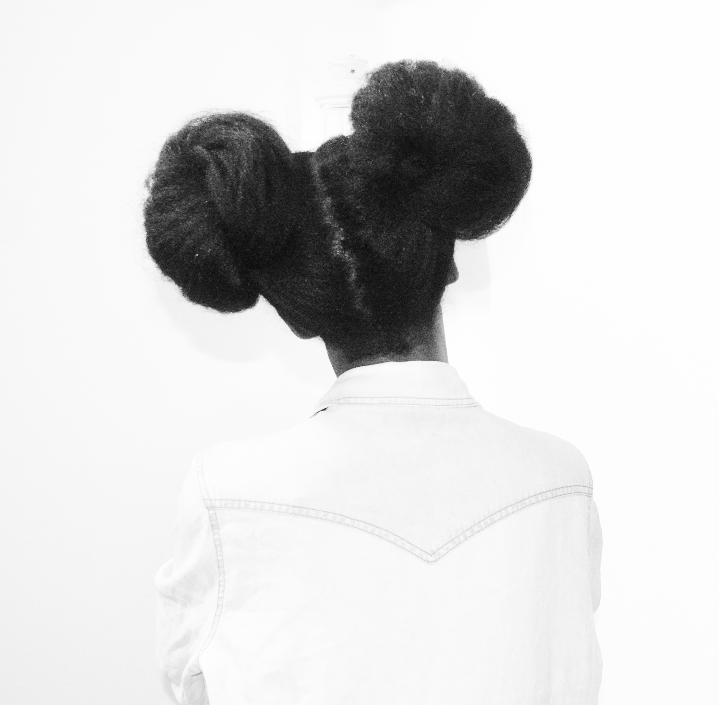
The Healthy Hair Trinity – Internal Factors
When thinking about Internal factors, besides wanting to help ladies identify dubious products claims by clarifying the function of hair care and hair care products, I had a second set of ladies in mind. The ladies who take exceptional care of their hair but are not seeing much progress with their hair and believe, incorrectly, they must be getting something wrong with how they care for their hair.
I also thought about the ladies who take great care of their hair but also know they have slow hair growth and do not realise that they may be able to improve their hair growth rates.
I have to point out that some internal factors are within our control and some are outside of our control. The ones we can control however, can make a significant impact on our hair growth rate or help ensure we don’t slow down our hair growth.
- Stress
High and prolonged levels of stress can increase hair shedding rates beyond normal levels. Stress causes inflammation of the nerves around hair follicles, this combined with other internal factors can cause increased levels of shedding.
If your hair is shedding at very high rates it will become thinner. Stress often manifesting in a physical ways and can affect our skin, hair and lead to other problems. Reducing your stress levels is great for your overall health and for your hair too.
- Deficiencies
Deficiency in iron, other minerals and vitamins can also lead to increased rates of shedding as well as slowed down hair growth. Vitamin D stimulates hair follicles and lack of it has been linked alopecia. Many of the B vitamins influence healthy hair growth, Zinc also helps to stimulate hair growth. Iron deficiency has been proven to cause increased hair shedding and slow hair growth as well as many other symptoms. There are a multitude of vitamins and minerals needed to keep our bodies healthy and deficiencies in them can have an impact on our hair.Having a healthy balanced diet which meets the needs of your body is one way give your body the vitamins and minerals it needs to be healthy and in turn grow hair at a good pace as opposed to a slowed down rate. You have some degree of control over this internal factor as you can make eating healthy a priority, not just for hair but for overall health.Please note that some deficiencies are not caused by a poor diet alone. Also note that having a good diet may not be enough to correct some deficiencies. Vitamin and mineral deficiencies will require medical diagnosis and in some cases a prescribed medication to overcome. Please see your doctor if you suspect you have some deficiencies.If you have suffered some hair loss as a result of deficiencies, you should see an improvement to your hair growth rate and reduction in your shedding rates a few months AFTER the deficiency has been regulated.
- A variety of health conditions, medications and treatments. This includes some scalp conditions.
Some medical conditions that can cause hair loss includes thyroid diseases, some types of alopecia, some types of scalp infections, severe scalp inflammations and infections, some types of lupus, etc. Please note that this list is not conclusive, I am only setting out a few examples.
Nobody wishes to have health problems or medical conditions, unfortunately some people will have them. The condition itself or in some cases the treatment of the condition can result in hair loss. Moisturising and sealing is not going to solve the issues in this case.
Please work with your doctor if you have any conditions that may be affecting your health as well as your hair.
- Hormonal changes.
Many ladies experience what is known as post-partum hair loss after having a baby. In brief, when a woman is pregnant she has elevated levels of oestrogen in her body which causes her normal hair shedding to reduce dramatically.
This is why many ladies note that their hair flourishes when they are pregnant. After she has had the baby, her oestogen will begin to return to normal levels and the hair that should have been shed during pregnancy begins to fall out, sometimes at a very scary rate. This hair loss is not caused by improper hair care and cannot be solved by hair care.
It also does not mean the woman has a deficiency in oestrogen levels after birth. This type of hair loss is a normal result of a woman’s oestrogen returning to normal levels after childbirth. Within 6 months to a year after childbirth the normal hair growth cycle should be restored and the excessive shedding should have stopped.Other causes of hormonal changes and imbalances in the body which may result in hair loss or slower hair growth in some women include menopause or having a hysterectomy.
Please note that what causes hair loss in a woman may not cause hair loss in another, for example some women do not experience severe postpartum hair loss.
Concerns about hormonal imbalances should be raised with your doctor.
- Diet and Fluid Intake
In many ways this can be linked to point two (deficiencies) above.
Please note that if your body is deficient in essential nutrients and vitamins and minerals, the body is designed to allocate the little amount to essential organs first. And if there is any surplus vitamins and minerals at the time (when the deficiency is ongoing) it will be stored or reserved for future use by the essential organs. Our bodies are amazing. God is amazing. I hope this points helps to emphasise the importance of playing your part to avoid severe levels of deficiency…..try to eat well and drink a good amount of water. Healthy bodies have a much higher chance of growing healthy hair at normal speed as opposed to a slowed down speed.
- Lifestyle
Some aspects of our lifestyles can have a positive or negative impact on our hair.
For example, prolonged lack of sleep and lack of exercise have been shown to have a negative impact on our overall health as well as our hair.
Again these factors will affect hair from within but we have some control over this factors by trying to get adequate sleep and getting regular exercise which has been proven to help boost hair growth rate.
From the above, I hope you will see that you can positively influence your hair growth rate by working on having a healthy diet, drinking an adequate amount of water and playing your part to stay healthy by getting a good amount of sleep, exercise and reducing stress level. I do realise that doing all the above is much easier said than done.
I truly hope that many will find this post has educative and that it has cleared up the confusion about hair growth as opposed to hair retention and that you know what you can do to support healthy hair growth.
Now, I am going to throw a spanner in the works and say something that is rather annoying which at first glance might seem to be in complete contradiction with everything I’ve just said in this post BUT stay with me ……..
Read up till the end. It will make perfect sense.
Scalp massage as a hair care practice does in fact encourage or have an impact on hair growth because it works on the parts of the hair that are still living. Scalp massages encourages blood to the hair follicles by stimulating the nerves, muscles and blood vessels in scalp. This helps the hair follicles receive nutrients and oxygen from blood flowing to it.
Scalp massages can stimulate faster healthy hair growth because they work on the living cells within. They influence internal factors. Massaging your hair fibres will not stimulate your hair follicles because the hair fibres are dead fibres. The scalp is alive and the follicles within the scalp are living. It makes sense right?
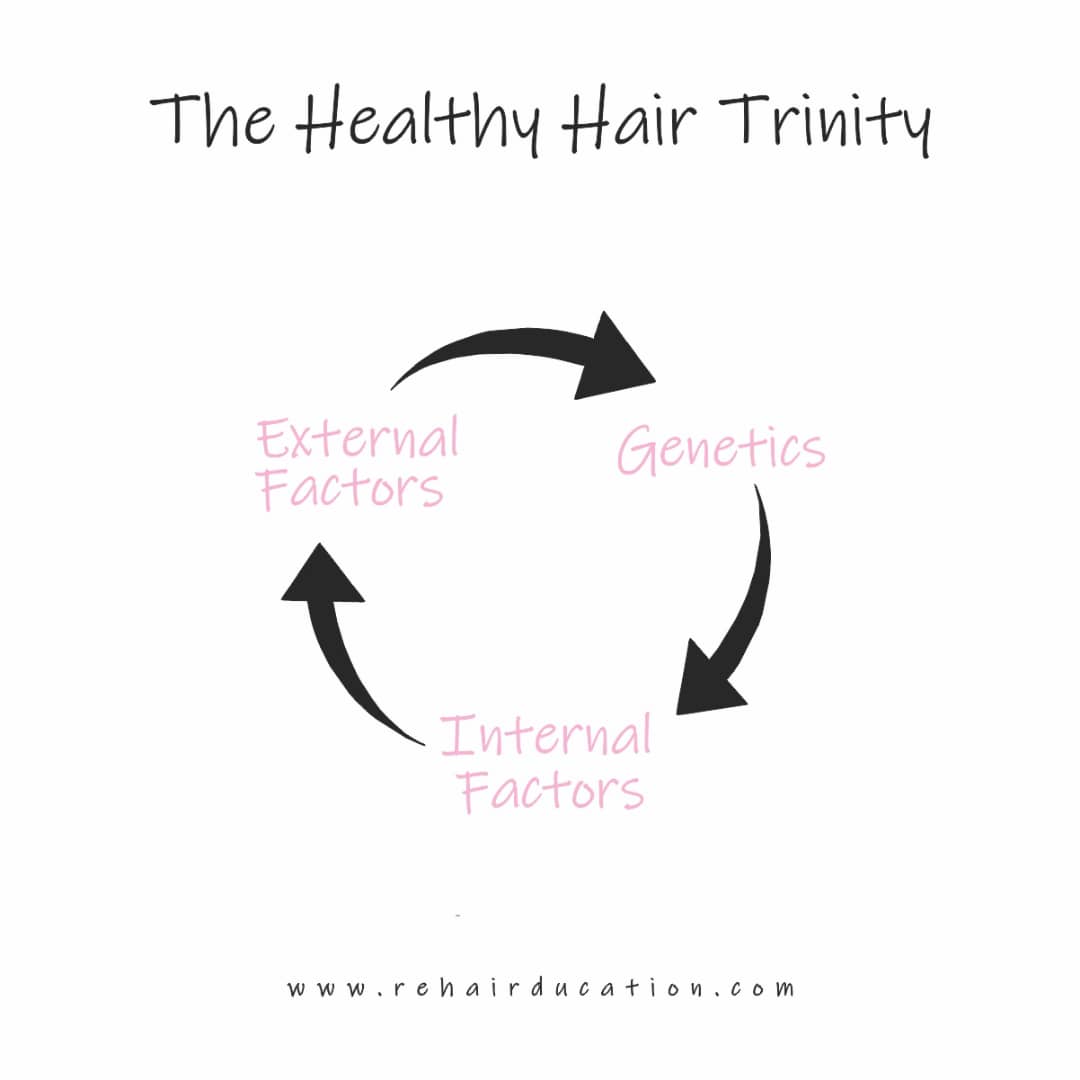
The final post of this series will be about external factors and will be my favourite of the series because it will show even further, the importance of hair care. Because, hair care is the best way to respond to many external factors and as well as the best way to counter the challenges we may face with our genetically pre-determined hair type.
Come back soon for my next post in which I will breakdown and explain this statement.
See you soon and happy hair journey
X
Lade
